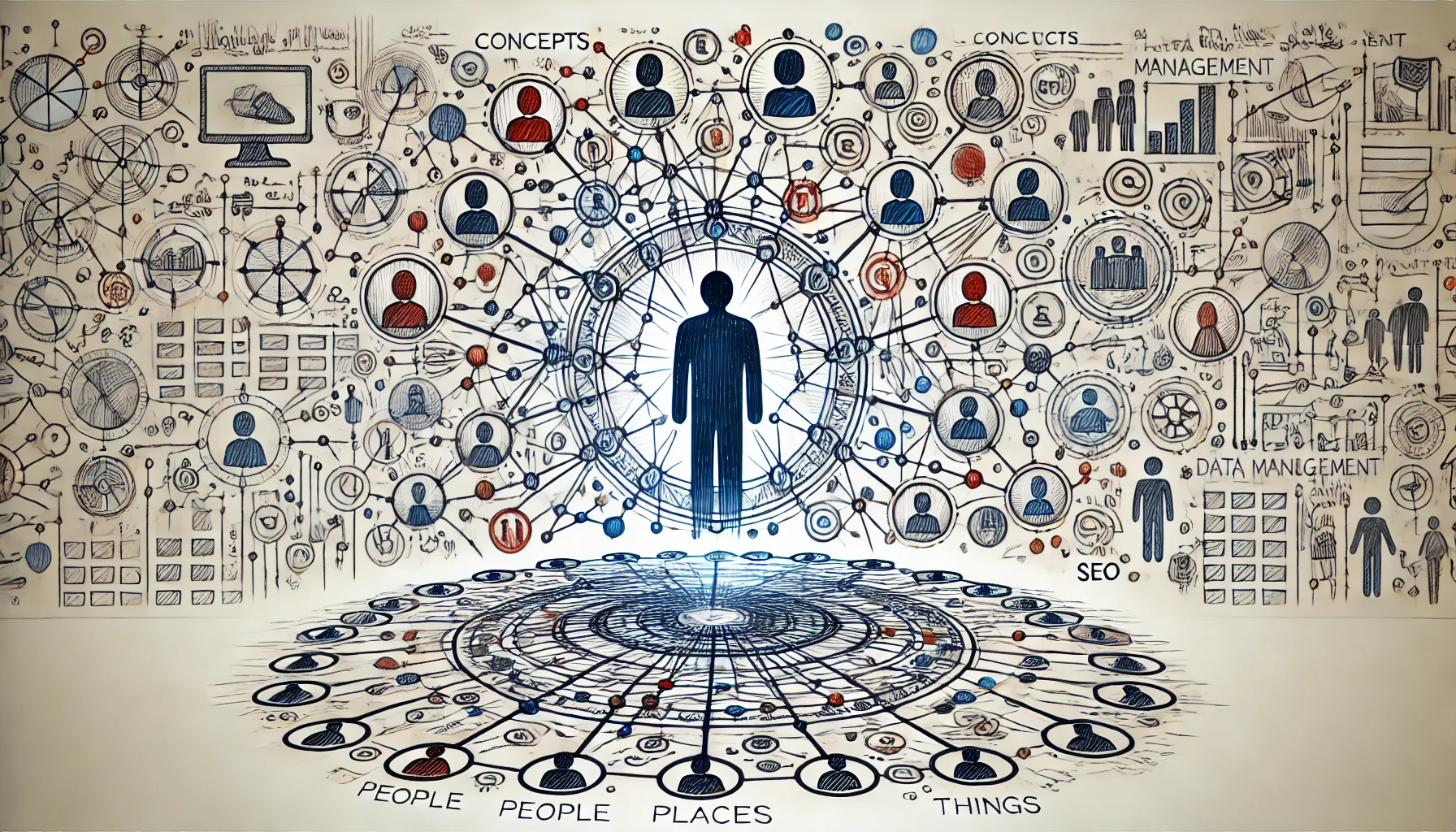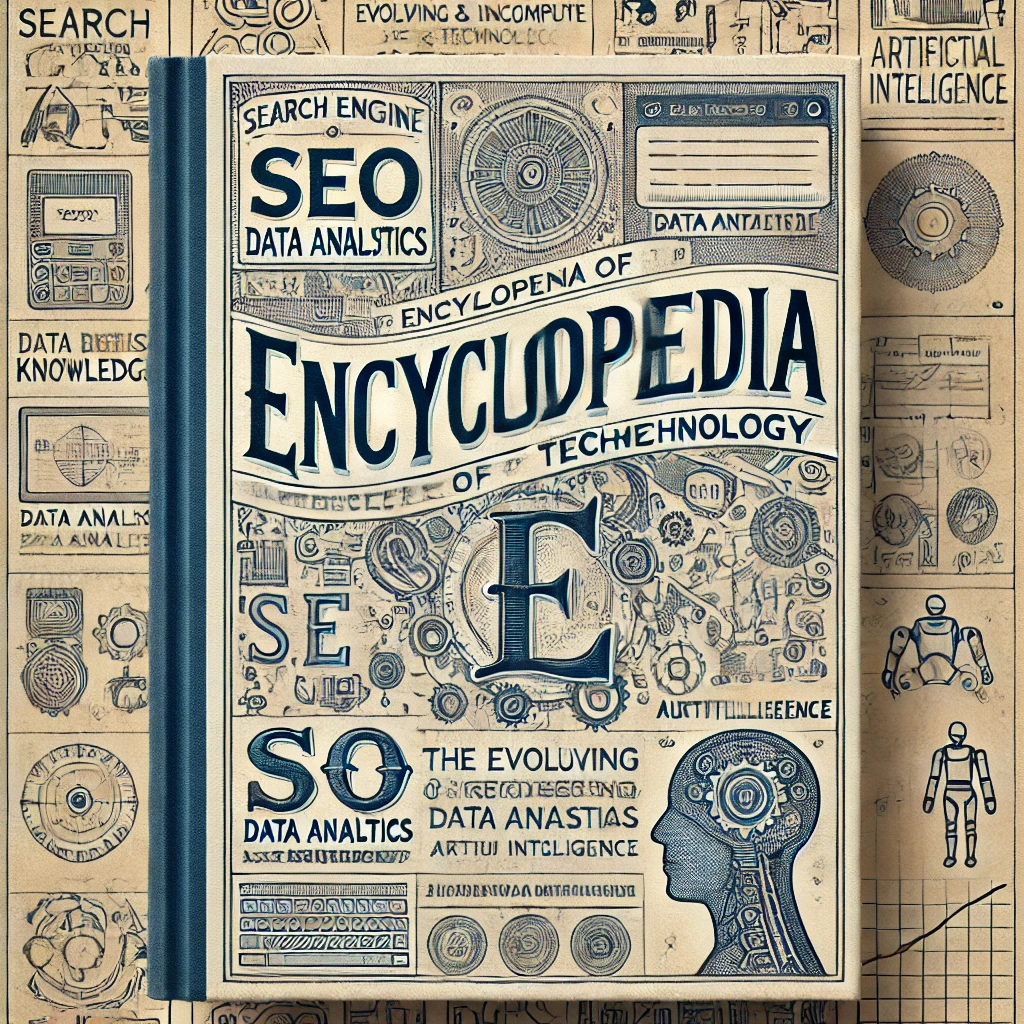What is an Entity?
An entity is a fundamental concept in data management and information systems, representing any distinguishable object or concept with a unique existence. Entities can be tangible or intangible, encompassing people, places, things, or ideas. In essence, an entity serves as a distinct unit of information that can be uniquely identified and categorized.
Entities play an important role in organizing information. By categorizing data into discrete entities, systems can efficiently manage and retrieve relevant information. This organization is crucial for building more complex data structures, such as databases, where entities act as the foundational elements. For instance, in a customer database, each customer is an entity. This entity typically includes attributes like name, contact information, and purchase history, which collectively provide a comprehensive profile of the customer.
In different contexts, entities take on various forms. Consider a product in an inventory system; here, the product is the entity. This entity would have attributes such as product ID, name, description, price, and stock quantity. The ability to define and manage entities allows businesses to maintain accurate and accessible records, facilitating efficient operations and decision-making processes.
Entities are not limited to physical objects. They can also represent abstract concepts. For example, in a project management system, an “idea” can be an entity, encompassing attributes like description, feasibility, potential impact, and stakeholders involved. This capability to handle both concrete and abstract entities makes data systems versatile and robust.
Understanding entities and their role in data organization is essential for anyone involved in technology and information management. Entities form the building blocks of databases, enabling the systematic storage and retrieval of information. This structured approach to data management ensures that information remains coherent, accessible, and useful for various applications, ranging from simple record-keeping to complex data analysis and decision support systems.
Entities in Technology
Entities play a crucial role in the tech industry, serving as the foundational building blocks for representing and managing data within databases and information systems. In databases, entities are often utilized to encapsulate real-world objects or concepts, making data organization and retrieval more efficient. Each entity typically consists of attributes that describe its characteristics, ensuring a structured and consistent format for storing information.
The concept of entity-relationship (ER) models is instrumental in structuring databases. ER models provide a visual representation of the relationships between entities, detailing how data is interconnected. This approach not only aids in designing robust database schemas but also ensures that the relationships among various data points are clearly defined. By using entities and their relationships, database designers can create a logical blueprint that guides the development of the actual database, facilitating accurate data storage and retrieval mechanisms.
Entities also hold significant importance in software development, particularly within the realm of object-oriented programming (OOP). In OOP, entities can be mapped to objects or classes, encapsulating both data and behavior. This mapping allows developers to model real-world scenarios within software applications, promoting code reusability and modularity. For instance, in a customer management system, a “Customer” entity might be represented as a class with attributes such as name, address, and purchase history, along with methods to manipulate this data.
Moreover, entities in technology enable a seamless transition from conceptual models to practical implementations. By defining clear entities and their interactions, developers and database administrators can ensure consistency and coherence throughout the system. This alignment between data representation and application logic is key to building scalable and maintainable systems, ultimately enhancing overall efficiency and performance.
Entities in SEO
In the realm of Search Engine Optimization (SEO), entities play a pivotal role in how search engines like Google understand and organize information on the web. An entity, in the context of SEO, refers to a specific, unique, and well-defined subject that can be a person, place, thing, or concept. By recognizing entities and their relationships, search engines can improve search accuracy and relevance, offering more precise answers to user queries.
Search engines leverage entities to create connections between different pieces of information, thus enabling a more nuanced understanding of content. This is evident in features like Google’s Knowledge Graph, which aggregates and organizes vast amounts of data about entities and their relationships. For instance, when you search for a popular figure, the Knowledge Graph might display a panel with a summary, related entities, and key facts, providing a comprehensive snapshot of information.
The importance of entities in SEO extends to content optimization. To enhance visibility and ranking in search results, it is crucial to incorporate relevant entities naturally within your content. This involves using clear and precise language, and ensuring your content is rich with information that search engines can easily interpret. For example, if writing about a historical event, include specific names, dates, and locations that are recognized as entities.
Moreover, structuring content using semantic HTML tags, providing context through internal and external links, and utilizing schema markup can significantly aid search engines in identifying and categorizing entities. These practices not only improve the user experience but also signal to search engines that your content is authoritative and relevant, potentially boosting your rankings.
Lastly, keeping abreast of updates in search engine algorithms and continuously refining your approach to entity optimization can help maintain and enhance your content’s performance. By strategically integrating entities, you can contribute to a richer, more interconnected web, ultimately benefiting both users and search engines.
Entities in Machine Learning and Natural Language Processing
Entities play a pivotal role in Machine Learning (ML) and Natural Language Processing (NLP), enabling systems to understand and interpret human language more effectively. An entity, in this context, refers to any object or concept that can be distinctly identified and categorized, such as names of people, locations, organizations, dates, and specific terminologies. The process of identifying and extracting these entities from text data is fundamental to enhancing the performance of various ML and NLP applications.
One of the primary tasks involving entities is Named Entity Recognition (NER). NER algorithms scan text to locate and classify entities into predefined categories. For instance, in a sentence like “Apple Inc. launched a new product in California,” NER would identify “Apple Inc.” as an organization and “California” as a location. This classification is crucial for structuring unorganized text data and is often the first step in more complex NLP processes.
Entity linking, another significant task, involves associating extracted entities with their corresponding entries in a knowledge base. This ensures that the term “Apple” is correctly linked to the technology company rather than the fruit, based on the context. Accurate entity linking enhances the relevance and precision of information retrieval and data analysis.
Sentiment analysis, which determines the emotional tone behind a body of text, also benefits from entity identification. By understanding which entities are being discussed and in what context, sentiment analysis models can provide more nuanced insights into public opinion or customer feedback. For example, a review stating, “I love the new features of the iPhone,” can be dissected to understand that the sentiment is positive specifically towards the product “iPhone.”
Entities are indispensable in various practical applications. In chatbots and personal assistants, recognizing user-specific entities allows for more personalized and context-aware interactions. For instance, when a user asks, “What’s the weather like in Paris?” the system identifies “Paris” as a location entity to provide accurate weather information. Similarly, recommendation systems utilize entities to suggest relevant products, movies, or articles based on a user’s preferences and previous interactions.
Understanding and effectively leveraging entities in ML and NLP leads to the development of more sophisticated, accurate, and context-aware models, thereby enhancing user experience and decision-making processes in numerous tech applications.







